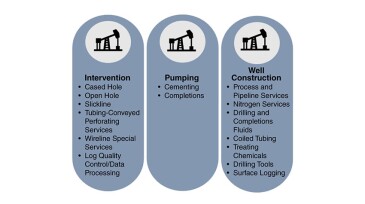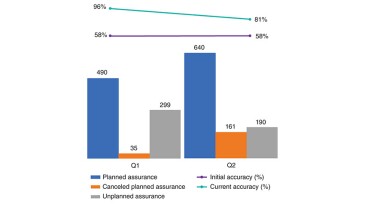safety culture
-
A resilience-based approach to safety was the focus of a panel of experts at the 2025 SPE Annual Technical Conference and Exhibition in Houston.
-
This paper describes a risk-based self-verification process conducted through a bespoke software application.
-
This paper discusses and demonstrates the limitations of quantitative risk assessment (QRA) with respect to the usefulness of the concept in managing day-to-day and emerging risks as well as the effect of change.
-
This paper describes a tool that complements predictive analytics by evaluating top health, safety, and environment risks and recommends risk-management-based assurance intervention.
-
Artificial intelligence is transforming how organizations enhance safety performance and build a strong culture of safety excellence.
-
This paper proposes a model for understanding safety culture maturity that can help an organization understand how engaged their employees are in safety and what potential barriers there may be to that engagement.
-
From optimizing drilling performance to enhancing worker safety, computer vision can change how the industry works.
-
This article explains 10 focus necessities and provides a guide on gathering perspectives from key stakeholders to prioritize an improvement plan or create a more robust safety improvement strategy.
-
This article describes how leadership involvement in office and site visits can support and sustain an outstanding safety culture and outlines added benefits of conducting office and site visits.
-
The workplace has changed since 2020. Previous safety strategies are now obsolete. We must change our approach to meet the new realities of today. If we don't, anticipate broader organizational challenges in the days ahead.
Page 1 of 2










